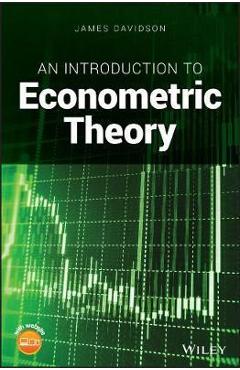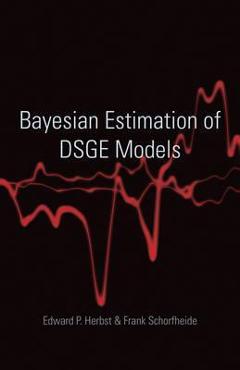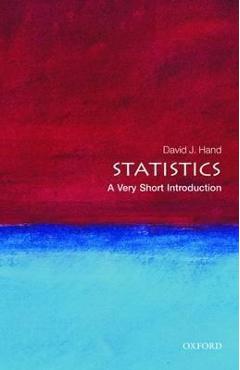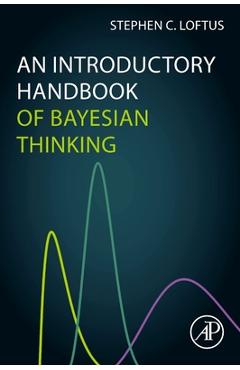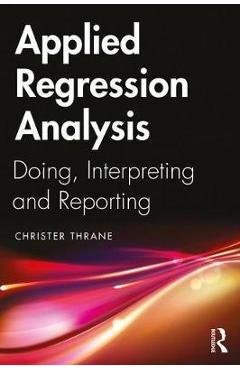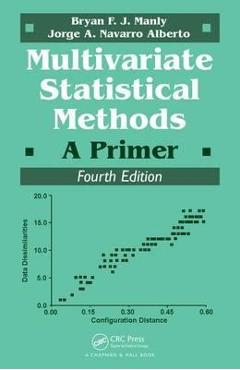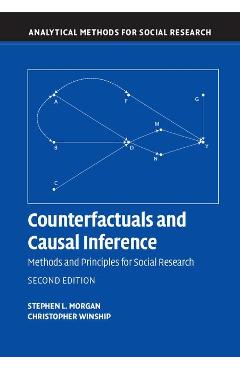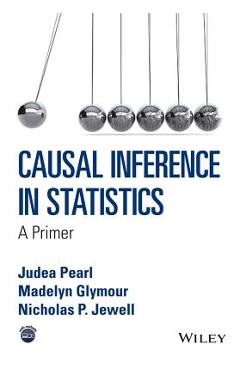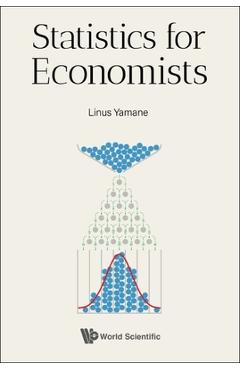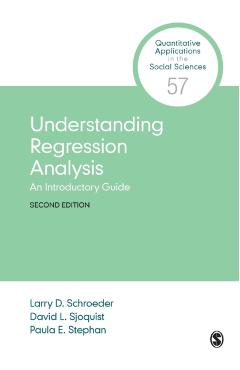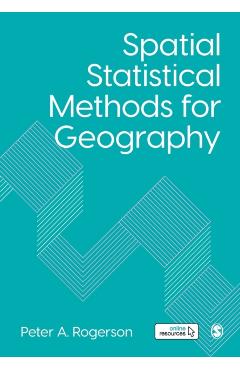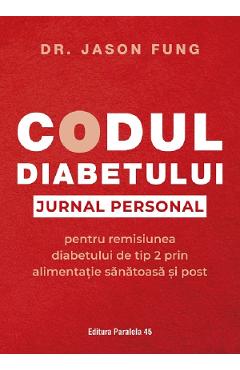Explanation in Causal Inference

Explanation in Causal Inference
The book provides an accessible but comprehensive overview of methods for mediation and interaction. There has been considerable and rapid methodological development on mediation and moderation/interaction analysis within the causal-inference literature over the last ten years. Much of this material appears in a variety of specialized journals, and some of the papers are quite technical. There has also been considerable interest in these developments from empirical researchers in the social and biomedical sciences. However, much of the material is not currently in a format that is accessible to them. The book closes these gaps by providing an accessible, comprehensive, book-length coverage of mediation.
The book begins with a comprehensive introduction to mediation analysis, including chapters on concepts for mediation, regression-based methods, sensitivity analysis, time-to-event outcomes, methods for multiple mediators, methods for time-varying mediation and longitudinal data, and relations between mediation and other concepts involving intermediates such as surrogates, principal stratification, instrumental variables, and Mendelian randomization. The second part of the book concerns interaction or "moderation," including concepts for interaction, statistical interaction, confounding and interaction, mechanistic interaction, bias analysis for interaction, interaction in genetic studies, and power and sample-size calculation for interaction. The final part of the book provides comprehensive discussion about the relationships between mediation and interaction and unites these concepts within a single framework. This final part also provides an introduction to spillover effects or
social interaction, concluding with a discussion of social-network analyses.
The book is written to be accessible to anyone with a basic knowledge of statistics. Comprehensive appendices provide more technical details for the interested reader. Applied empirical examples from a variety of fields are given throughout. Software implementation in SAS, Stata, SPSS, and R is provided. The book should be accessible to students and researchers who have completed a first-year graduate sequence in quantitative methods in one of the social- or biomedical-sciences disciplines. The book will only presuppose familiarity with linear and logistic regression, and could potentially be used as an advanced undergraduate book as well.
PRP: 1238.17 Lei
Acesta este Pretul Recomandat de Producator. Pretul de vanzare al produsului este afisat mai jos.
1114.35Lei
1114.35Lei
1238.17 LeiIndisponibil
Descrierea produsului
The book provides an accessible but comprehensive overview of methods for mediation and interaction. There has been considerable and rapid methodological development on mediation and moderation/interaction analysis within the causal-inference literature over the last ten years. Much of this material appears in a variety of specialized journals, and some of the papers are quite technical. There has also been considerable interest in these developments from empirical researchers in the social and biomedical sciences. However, much of the material is not currently in a format that is accessible to them. The book closes these gaps by providing an accessible, comprehensive, book-length coverage of mediation.
The book begins with a comprehensive introduction to mediation analysis, including chapters on concepts for mediation, regression-based methods, sensitivity analysis, time-to-event outcomes, methods for multiple mediators, methods for time-varying mediation and longitudinal data, and relations between mediation and other concepts involving intermediates such as surrogates, principal stratification, instrumental variables, and Mendelian randomization. The second part of the book concerns interaction or "moderation," including concepts for interaction, statistical interaction, confounding and interaction, mechanistic interaction, bias analysis for interaction, interaction in genetic studies, and power and sample-size calculation for interaction. The final part of the book provides comprehensive discussion about the relationships between mediation and interaction and unites these concepts within a single framework. This final part also provides an introduction to spillover effects or
social interaction, concluding with a discussion of social-network analyses.
The book is written to be accessible to anyone with a basic knowledge of statistics. Comprehensive appendices provide more technical details for the interested reader. Applied empirical examples from a variety of fields are given throughout. Software implementation in SAS, Stata, SPSS, and R is provided. The book should be accessible to students and researchers who have completed a first-year graduate sequence in quantitative methods in one of the social- or biomedical-sciences disciplines. The book will only presuppose familiarity with linear and logistic regression, and could potentially be used as an advanced undergraduate book as well.
Detaliile produsului













